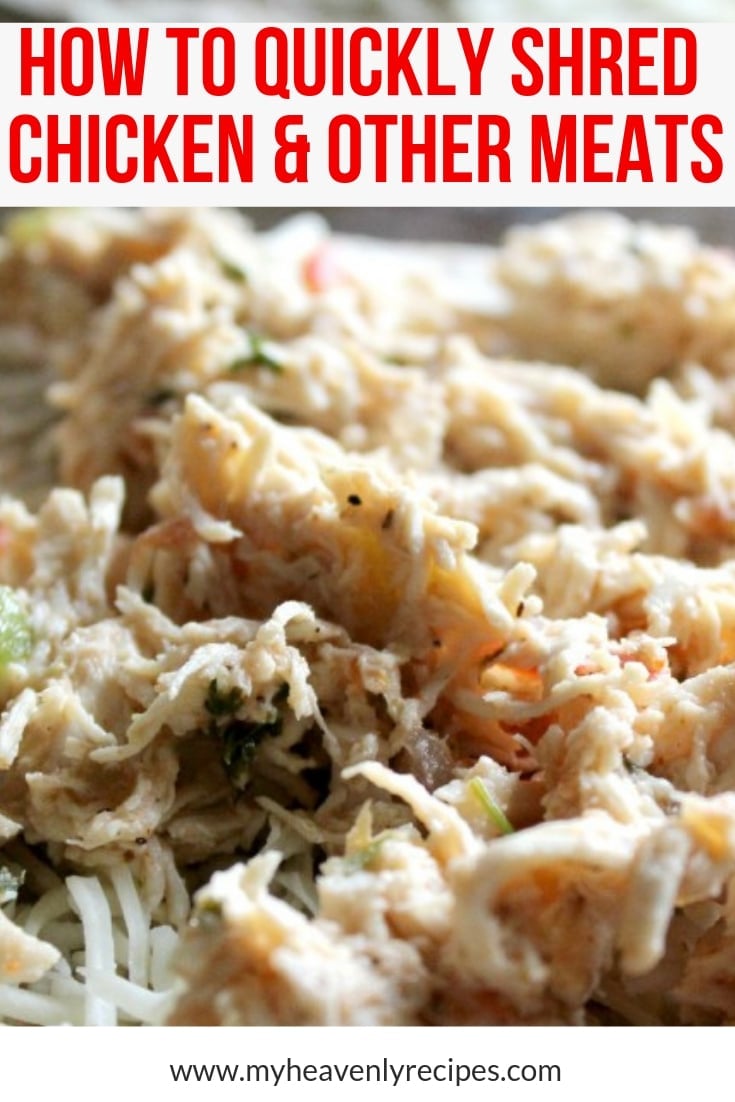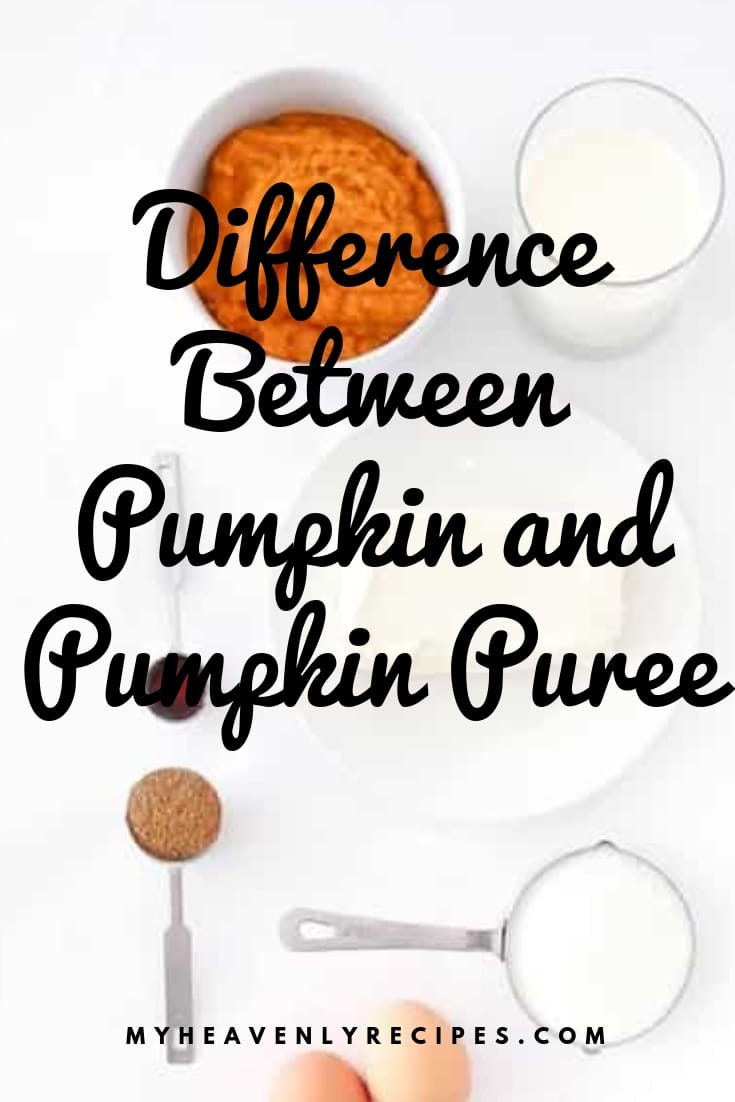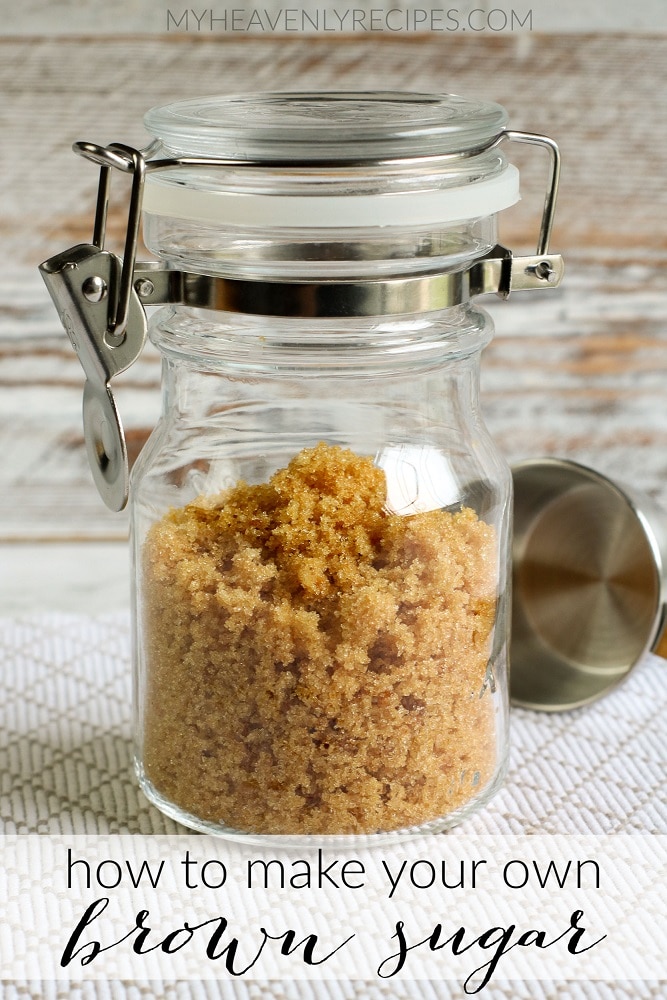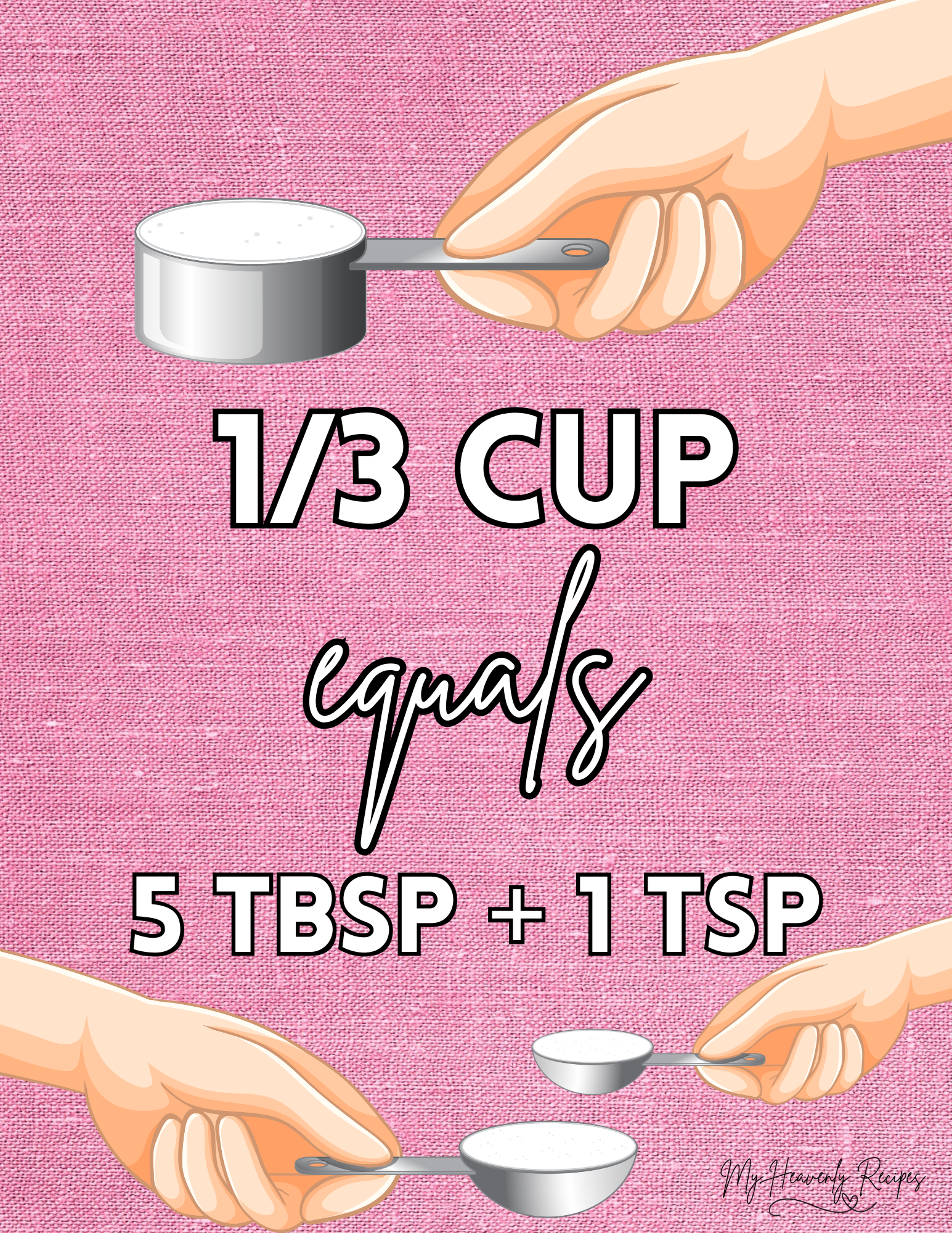Substitutes For Cumin Powder
Cumin Powder Alternatives: What to Use
So you’re halfway through cooking your favorite chili or curry recipe when—uh oh—you realize you’re out of cumin powder. Don’t worry, I’ve been there too. Cumin is one of those spices that has a warm, earthy, slightly peppery flavor that feels essential in everything from tacos to lentils. But the good news? There are some really solid substitutes you can use without sacrificing flavor.
Whether you just ran out, don’t love the taste of cumin, or need an alternative for dietary or allergy reasons, here’s your guide to the best cumin powder substitutes, how to use them, and when they work best.
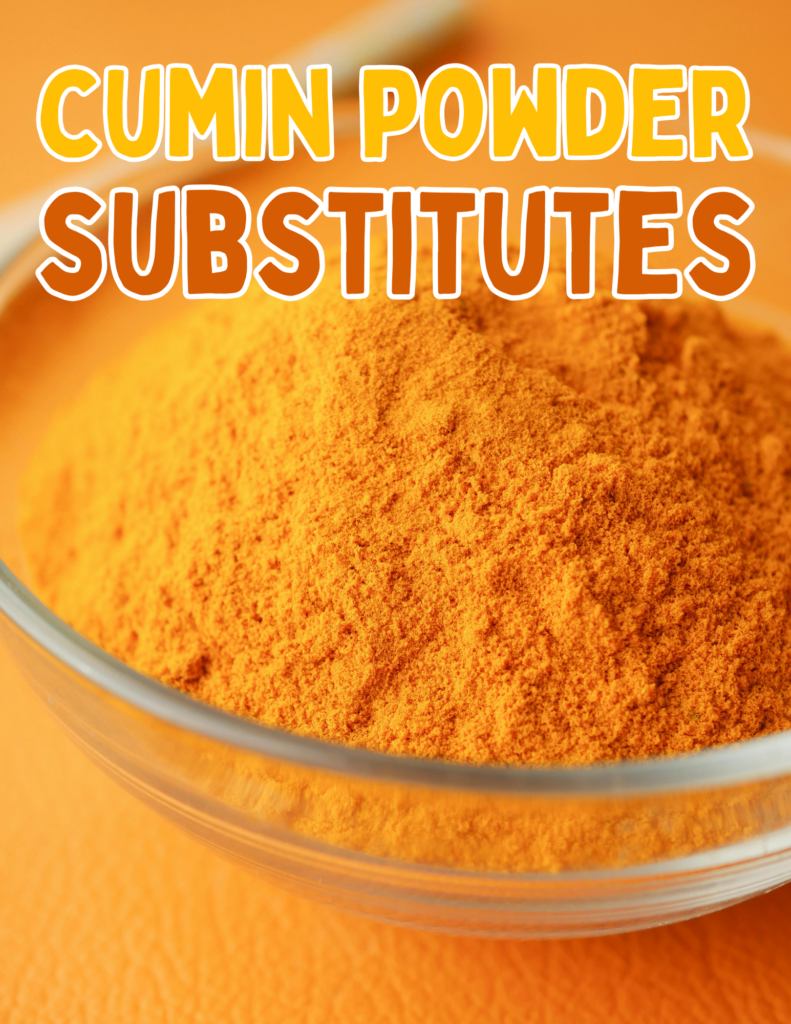
Quick Substitutes for Cumin Powder
| Substitute | Ratio (to cumin) | Flavor Notes | Best In |
|---|---|---|---|
| Ground Coriander | 1:1 | Mild, citrusy, slightly sweet | Curries, soups, roasted veggies |
| Chili Powder | 1:1 | Spicy, earthy | Tacos, chili, Tex-Mex dishes |
| Garam Masala | 1:1 (or to taste) | Warm, complex, aromatic | Indian dishes, rice, lentils |
| Taco Seasoning | 1:1 | Savory, cumin-forward | Tex-Mex, beans, grilled meats |
| Caraway Seeds (ground) | ½:1 | Earthy, slightly licorice-like | Stews, Eastern European dishes |
| Paprika + Coriander | ½ tsp + ½ tsp | Smoky + citrusy | Rice dishes, marinades |
| Fennel Seeds (ground) | ¼:1 | Sweet, mild licorice | Soups, mild curries, baked meats |
| Curry Powder | To taste | Varies; usually warm + complex | Indian-inspired dishes |
Why Cumin Powder Is So Unique
Before we dive into substitutions, it helps to understand what cumin powder actually brings to a dish.
Cumin comes from dried seeds of the Cuminum cyminum plant and has a distinct aroma—kind of smoky, a bit bitter, and deeply earthy. It adds depth and warmth to dishes without being overpowering. You’ll find it in cuisines across the globe, especially in:
- Indian
- Middle Eastern
- North African
- Latin American
- Tex-Mex
So when we’re subbing it out, we want to get as close as we can to that earthy, warm backbone without throwing off the balance of the dish.
Let’s Talk Substitutes
1. Ground Coriander
This is probably the most common cumin stand-in. It comes from the seeds of the cilantro plant and has a lighter, lemony flavor.
Why it works: It shares that earthy, warm profile but is less intense.
Best for: Curries, soups, stews, and anything Mediterranean or Indian.
Pro tip: Sometimes mixing coriander and a pinch of chili powder gets you closer to cumin’s depth.
2. Chili Powder
This one might already be in your spice rack. It often contains cumin as one of its ingredients, along with paprika, garlic powder, and sometimes oregano.
Why it works: It has a built-in blend of spices that mimic cumin’s warmth.
Best for: Tex-Mex dishes like tacos, chili, and enchiladas.
Caution: Watch the heat level. Some chili powders are quite spicy!
3. Garam Masala
This is a spice blend used widely in Indian cuisine. It usually includes cumin, coriander, cinnamon, cloves, and nutmeg.
Why it works: It’s complex and aromatic, which adds dimension.
Best for: Lentils, rice, Indian-style stews, and curries.
Note: Garam masala is added toward the end of cooking for full flavor.
4. Taco Seasoning
If you have a packet lying around, you’re in luck. Taco seasoning often contains cumin as a major flavor component.
Why it works: The cumin is already in there, along with complementary spices.
Best for: Quick fixes for tacos, bean dishes, and ground meat recipes.
5. Caraway Seeds
This is a surprising one, but caraway has a flavor profile quite close to cumin, especially in European cooking.
Why it works: It’s earthy and peppery but with a hint of anise.
Best for: German or Eastern European dishes, breads, and cabbage dishes.
How to use: Crush or grind the seeds before using. Use sparingly—it’s strong.
6. Paprika + Coriander Combo
This is a great DIY mix that mimics cumin’s smokiness and warmth.
Why it works: Paprika brings in the smoke, coriander brings the citrusy earthiness.
Best for: Rice dishes, stews, and roasted veggies.
Ratio: ½ tsp ground coriander + ½ tsp smoked paprika = 1 tsp cumin.
7. Fennel Seeds
This is for when you’re in a pinch. It doesn’t taste like cumin, but it’s aromatic and earthy.
Why it works: It provides a different kind of warmth, though sweeter.
Best for: Lighter soups, vegetable dishes, or mild curries.
Pro tip: Use sparingly—too much and your dish will lean sweet or licorice-y.
8. Curry Powder
This is a blend that already includes cumin (often), along with turmeric, coriander, and fenugreek.
Why it works: Gives you a layered flavor that often features cumin.
Best for: Indian-style dishes, roasted veggies, or spiced meat.
Caution: It can change the color of your dish due to turmeric.
FAQs:
Q: Can I skip cumin entirely in a recipe?
A: You can, but the dish may lack depth. If you have none of the substitutes, try adding a small splash of soy sauce or a pinch of smoked paprika to mimic that umami warmth.
Q: Is cumin spicy?
A: Not really. It’s more earthy and warm than spicy. It adds to the flavor of spicy dishes but isn’t hot on its own.
Q: What’s the difference between cumin and coriander?
A: Cumin is more earthy and slightly bitter. Coriander is lighter, more citrusy and sweet. They’re often used together in Indian cooking.
Q: Can I use cumin seeds instead of cumin powder?
A: Yes! Toast them in a dry pan first to release their oils, then crush or grind them. Use about ¾ tsp seeds to replace 1 tsp ground cumin.
Q: Is taco seasoning a good long-term substitute?
A: It works in a pinch, but it has salt and other spices that might change your recipe’s flavor. Great for quick meals, less ideal for precise flavor control.

